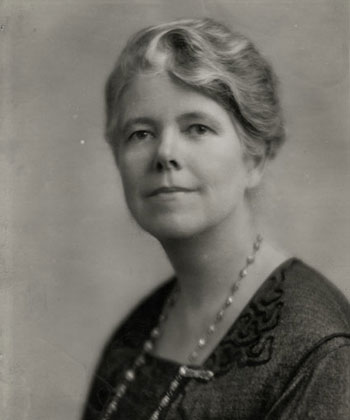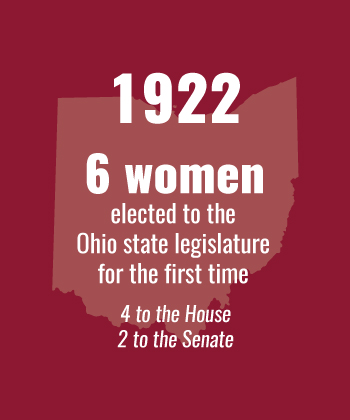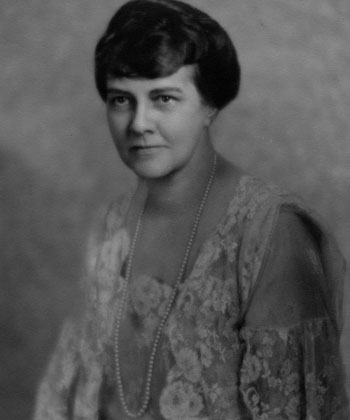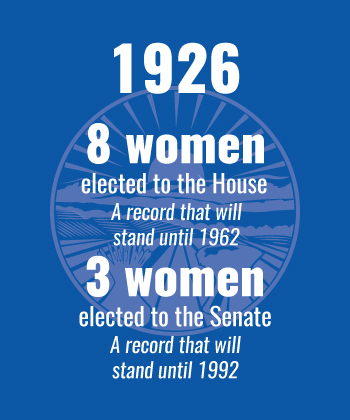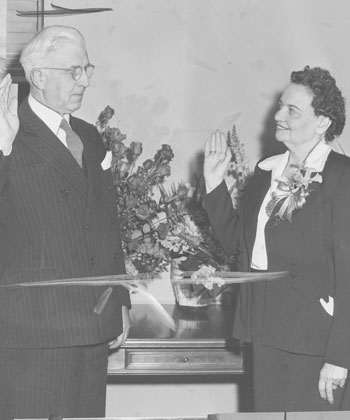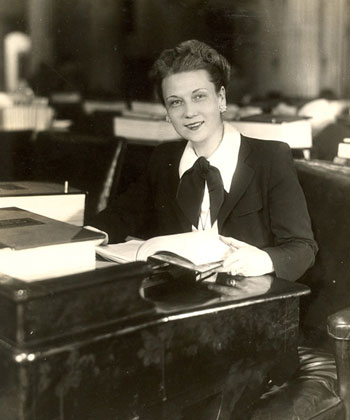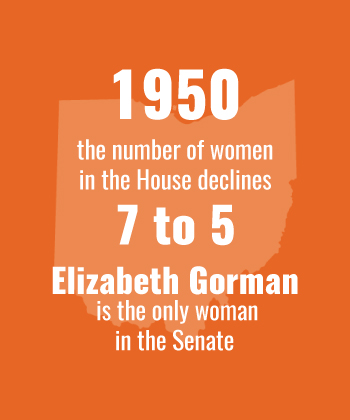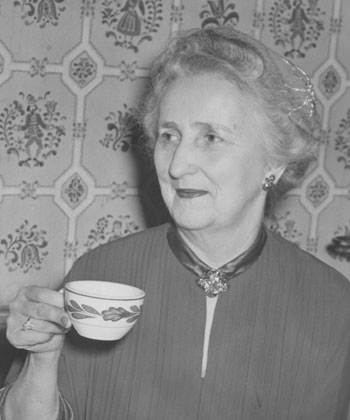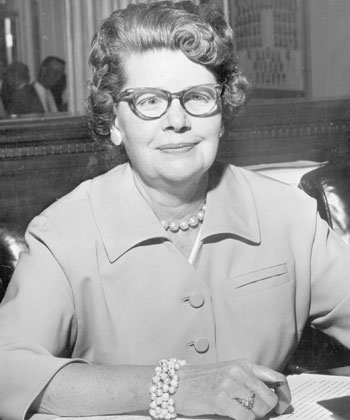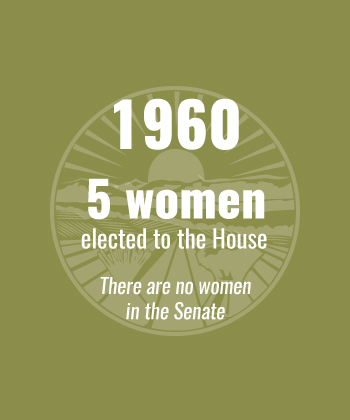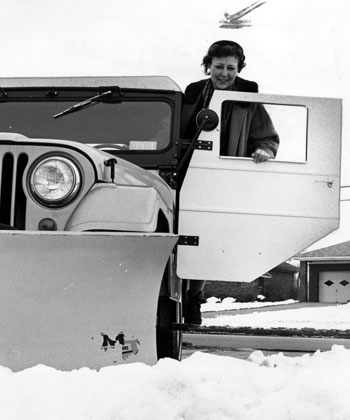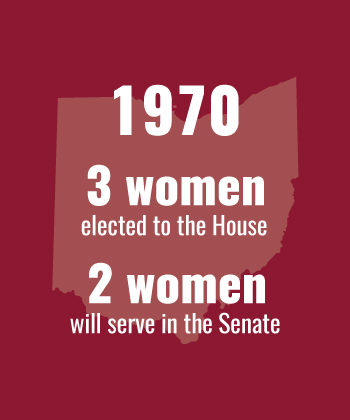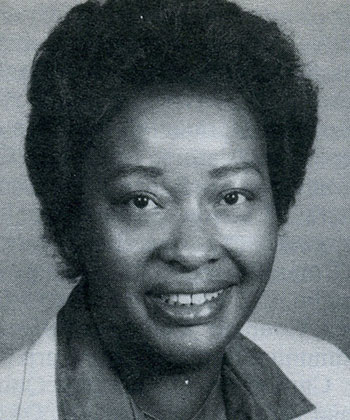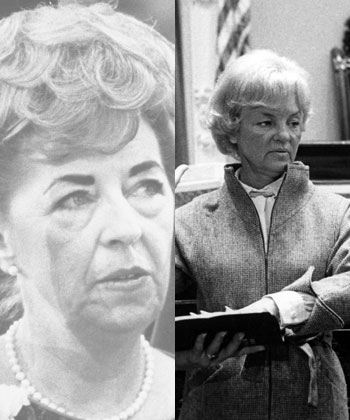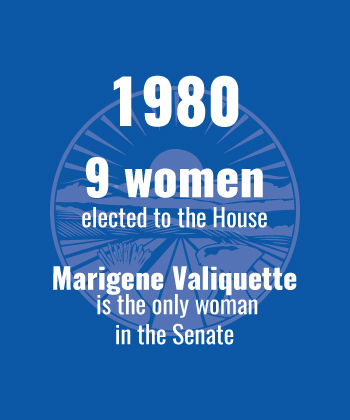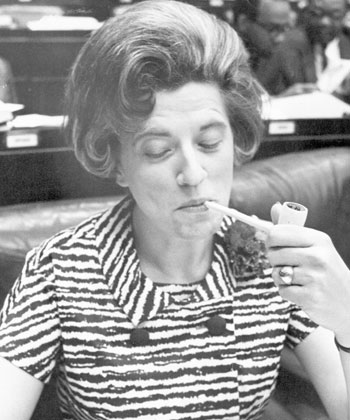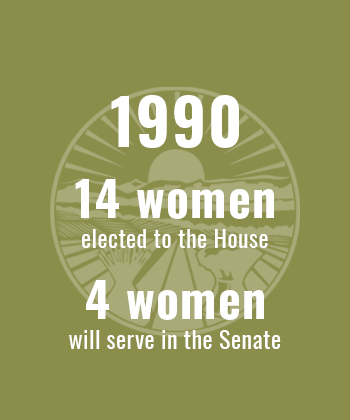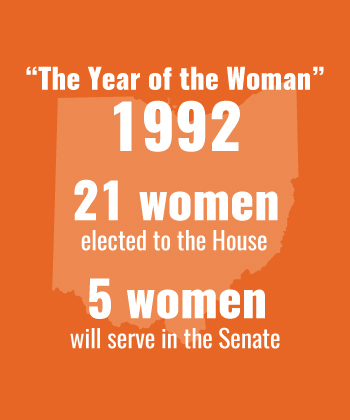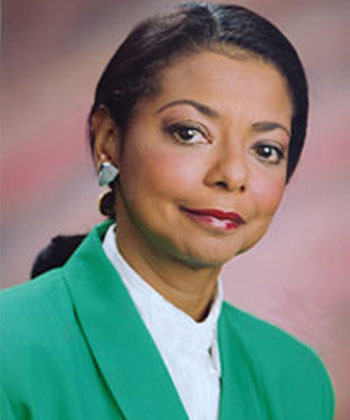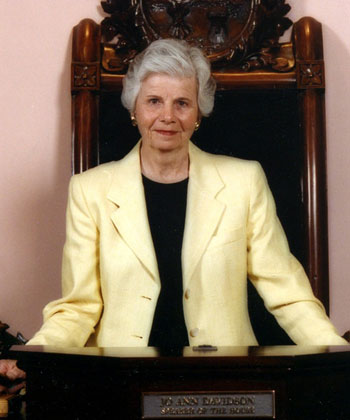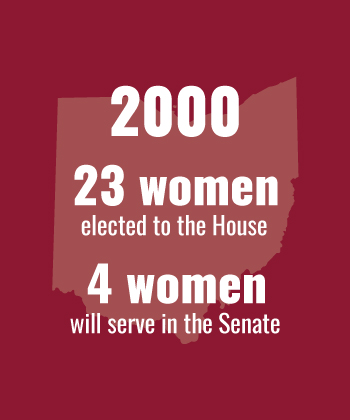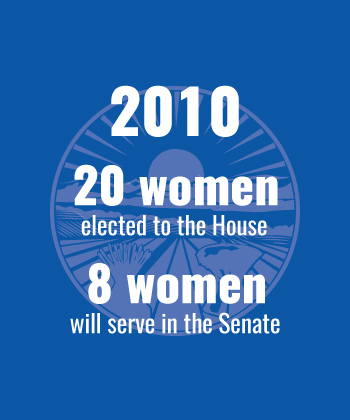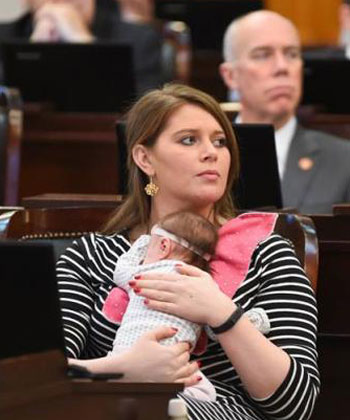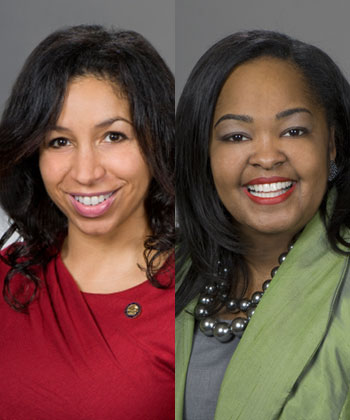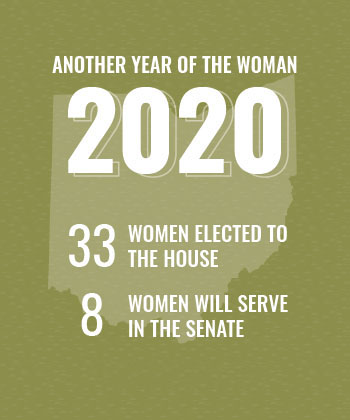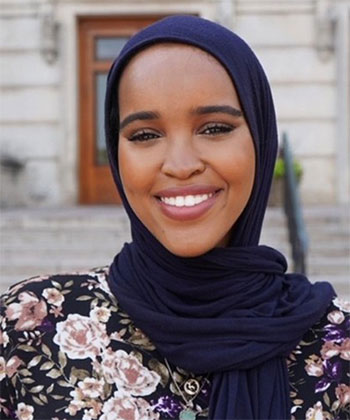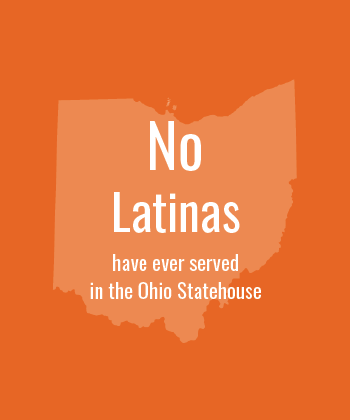Women in the Ohio State Legislature
Students Interview State Senator Nickie Antonio
In an interview conducted by BW students, State Representative Nickie Antonio talks about the impact of having more women in public office.
Highlights in the History of Women in the State Legislature
Things to know about Ohio's state legislature
The 99 state house members serve 2-year terms, limited to 4 terms.
The 33 state senators serve 4-year terms, limited to 2 terms. Senate elections are staggered, with half of the seats up for election every 2 years. Prior to 1956, Senate terms were 2 years.
The Legislature passed term limits in 1992, with the first legislators termed out in 2000.
Legislators resigning prior to the end of their term is not uncommon. Vacancies are filled by appointment.
Prior to 1966, the size of the Ohio House and Senate varied. Apportionment and the number of legislators was based on a complex formula that combined counties and population; this avoided the problem of partisan gerrymandering but did cause substantial malapportionment. After the U.S. Supreme Court's decisions regarding apportionment in the 1960s, Ohio adopted the current single-member district system it currently uses.
Source and Resources
Gold, David. 2009. Democracy in Session: A History of the Ohio General Assembly.
Athens, OH: Ohio University Press.


